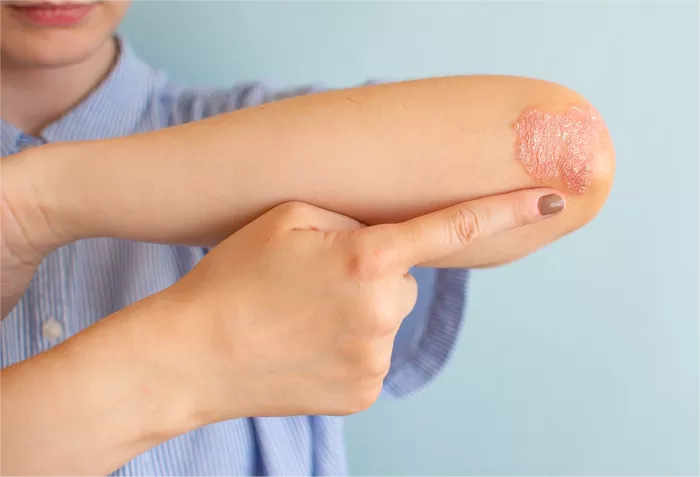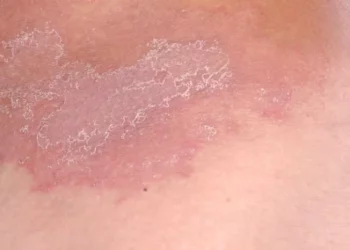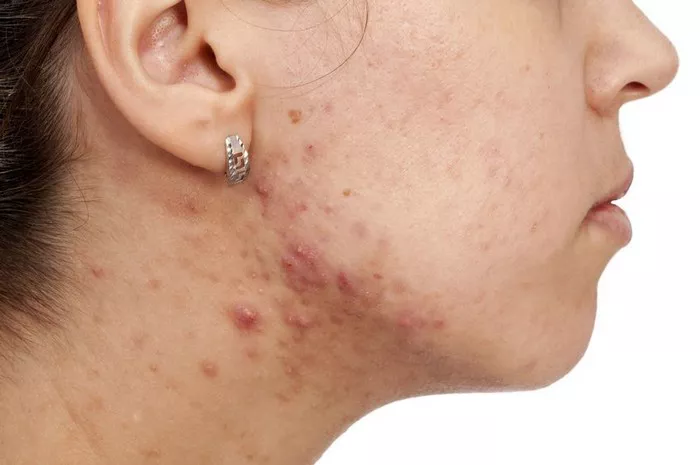Ringworm, despite its name, is not caused by worms but is a fungal infection that can affect the skin, scalp, and nails. The characteristic ring-shaped rash associated with ringworm can vary in size and appearance, often causing concern when it appears to be expanding. To address the question of why ringworm may get bigger, it’s crucial to delve into the underlying mechanisms of fungal infections, the host’s immune response, and the treatment approaches available.
The Nature of Ringworm
Ringworm is primarily caused by various dermatophyte fungi that thrive in warm and moist environments. The most common culprits include species like Trichophyton and Microsporum. These fungi can infect different parts of the body, leading to distinct presentations such as tinea corporis (on the body), tinea capitis (on the scalp), or tinea pedis (on the feet, commonly known as athlete’s foot).
The hallmark appearance of ringworm is a circular or oval-shaped rash with a raised, red border that expands outward while the center often clears, giving it the appearance of a ring. As the infection progresses, this ring can enlarge, causing discomfort and concern for those affected.
Why Ringworm Expands
Several factors contribute to the expansion of ringworm lesions:
1. Fungal Growth and Spread: The fungi responsible for ringworm can reproduce rapidly and spread across the skin surface. As the fungi grow and multiply, the affected area of the skin enlarges, leading to the expansion of the ring-shaped rash.
2. Host Immune Response: The body’s immune response plays a significant role in containing fungal infections. In some cases, especially if the immune system is compromised or if the individual has certain risk factors, the immune response may be insufficient to contain the infection effectively. This allows the fungi to proliferate and spread more extensively, resulting in larger lesions.
3. Delayed Treatment: Ringworm can persist and expand if not treated promptly. Delayed treatment gives the fungi more time to establish themselves and multiply, leading to a more extensive infection that requires more aggressive intervention.
4. Environmental Factors: Warm, humid environments can facilitate fungal growth and make it easier for the infection to spread. Certain activities or professions that involve prolonged exposure to moisture and sweating can also increase the risk of ringworm expansion.
Treatment and Prevention
Early detection and treatment are crucial in managing ringworm and preventing its expansion. Treatment typically involves antifungal medications, which can be applied topically (e.g., creams, ointments) or taken orally (e.g., pills). The choice of treatment depends on the location and severity of the infection.
Key strategies for managing ringworm and preventing its enlargement include:
1. Antifungal Medications: These medications target the fungi responsible for ringworm, halting their growth and eventually eliminating the infection. Common antifungal agents include clotrimazole, terbinafine, and ketoconazole.
2. Good Hygiene Practices: Keeping the affected area clean and dry can help prevent the spread of ringworm. Avoid sharing personal items like towels, clothing, or hairbrushes to minimize the risk of transmission.
3. Environmental Control: Minimizing exposure to warm and humid environments can reduce the risk of fungal infections. Wearing breathable clothing and using antifungal powders in areas prone to moisture can also be beneficial.
4. Consultation with Healthcare Professionals: If ringworm continues to expand despite initial treatment efforts or if it affects sensitive areas like the scalp or nails, consulting a healthcare provider is essential. They can recommend appropriate treatment options and assess underlying factors that may contribute to the persistence of the infection.
Conclusion
In summary, ringworm can get bigger due to the rapid growth and spread of fungal organisms, compromised immune responses, delayed treatment, and environmental factors. Understanding these factors is crucial in managing ringworm effectively and preventing its expansion. Early detection, prompt treatment with antifungal medications, and adopting good hygiene practices are key steps in controlling ringworm and promoting skin health. If you suspect a fungal infection or notice a ring-shaped rash on your skin, seek medical advice for proper evaluation and treatment.
Related Topics:


























